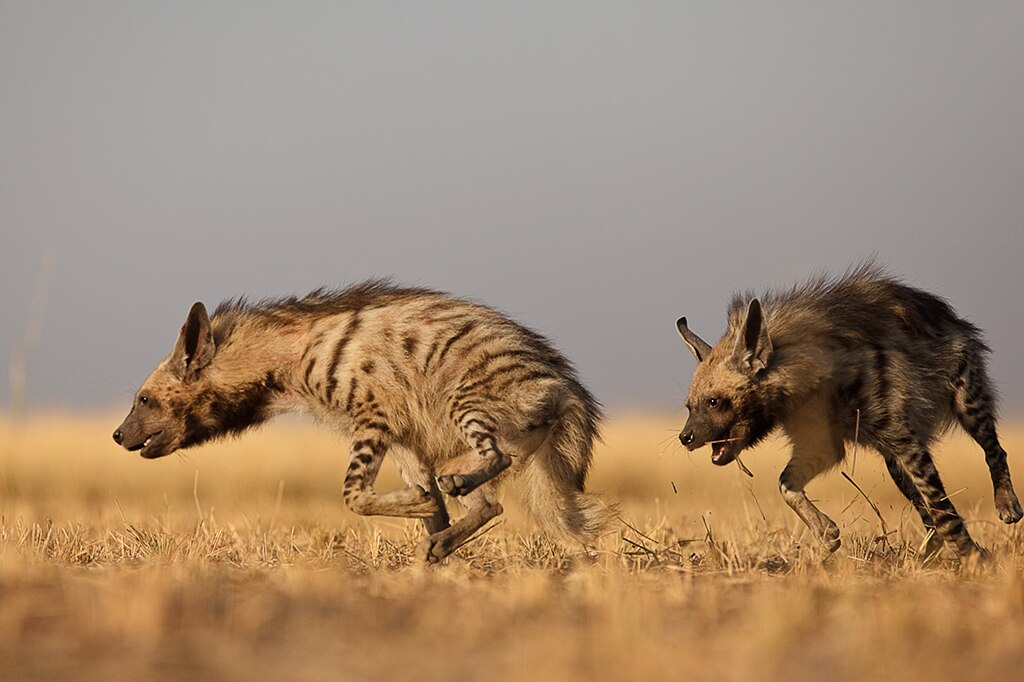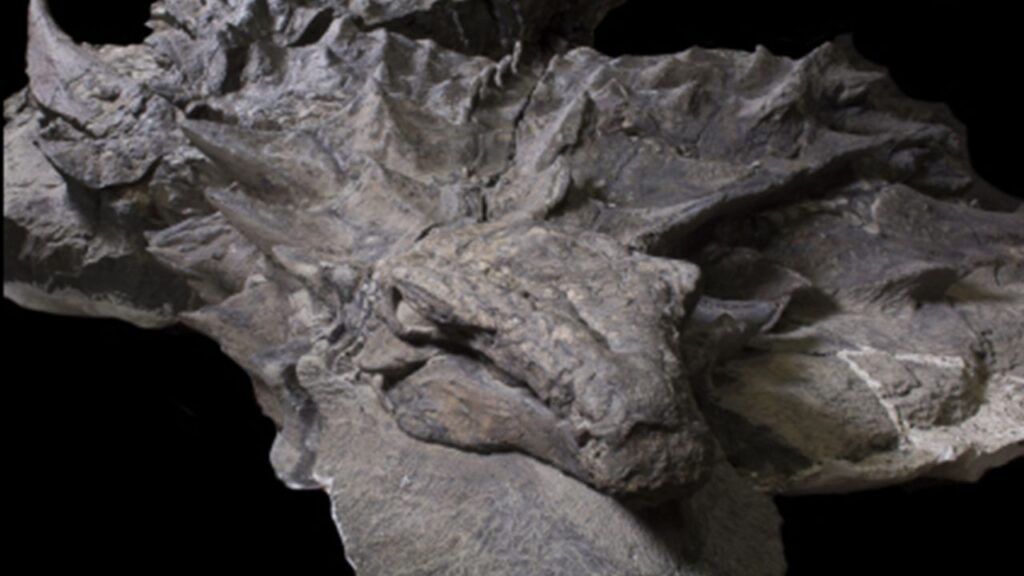Dinosaurs captivate children’s imaginations like few other subjects, appearing in countless picture books, educational materials, and stories aimed at young readers. Yet despite their popularity, these prehistoric creatures are frequently misrepresented in children’s literature, often appearing quite different from what scientific evidence suggests they actually looked like. From outdated anatomy to completely fictional behaviors, these inaccuracies shape children’s understanding of paleontology in ways that may persist into adulthood. This disconnect between scientific understanding and popular representation stems from multiple factors, including the rapid evolution of paleontological knowledge, artistic traditions, marketing considerations, and the tension between educational accuracy and entertainment value.
The Persistent Problem of Outdated Science

Paleontology remains one of the most rapidly evolving scientific fields, with new discoveries consistently challenging previous assumptions about dinosaur appearance and behavior. What scientists believed about dinosaurs in the 1980s differs dramatically from current understanding, yet many children’s books continue to propagate outdated models. Books published decades ago remain in circulation in libraries and homes, presenting children with scientifically inaccurate dinosaur depictions. Even newer publications sometimes rely on older reference materials or artistic conventions, perpetuating misconceptions across generations. This lag between scientific discovery and publication creates a situation where children often learn about dinosaurs through a lens that paleontologists abandoned years or even decades earlier. The rapid turnover of scientific knowledge makes keeping children’s literature current particularly challenging in this subject area.
The Influence of Popular Culture

Popular culture, particularly films like “Jurassic Park,” has profoundly shaped public perception of dinosaurs, often overshadowing scientific accuracy in children’s literature. When publishers and authors create dinosaur books for children, they frequently draw from these popular depictions rather than consulting current paleontological research. Children come to expect dinosaurs to look a certain way based on movies, toys, and other media they’ve encountered. Publishers, aware of these expectations, may prioritize familiar appearances over accuracy to avoid confusing young readers or disappointing their preconceived notions. This creates a self-reinforcing cycle where inaccurate depictions become normalized through repetition across different media. Despite “Jurassic Park” being nearly thirty years old, its visual language for dinosaurs continues to influence how these creatures appear in children’s books published today.
The Challenge of Feathered Dinosaurs
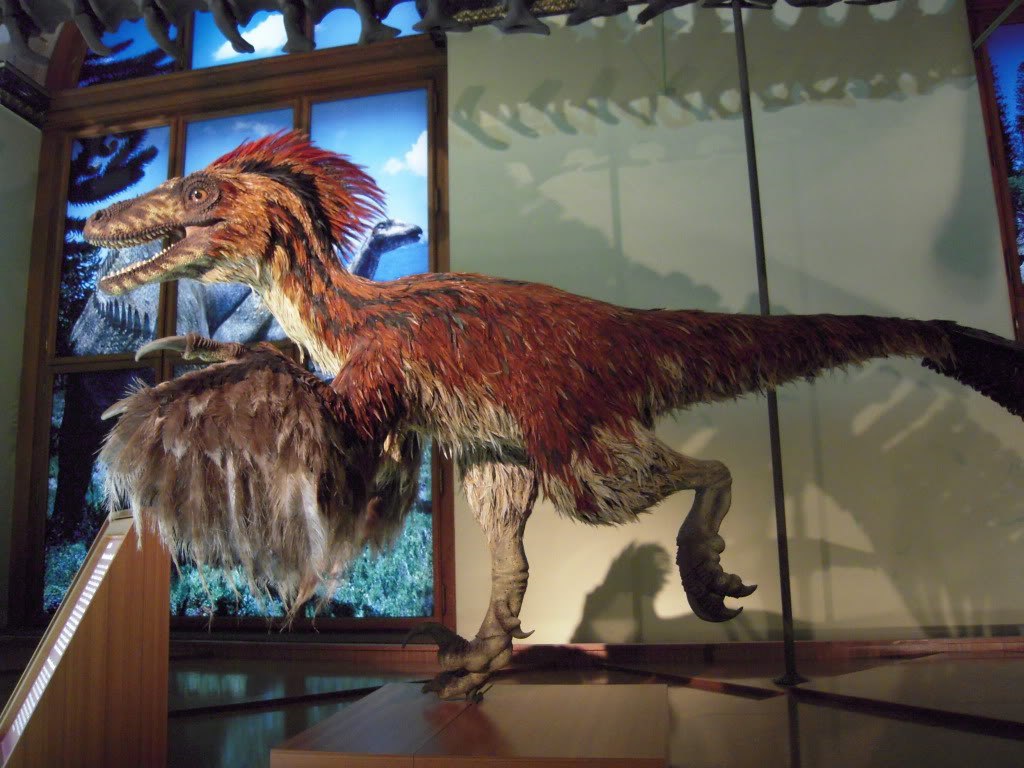
Perhaps the most significant disconnect between modern paleontology and children’s literature involves feathered dinosaurs. Scientific evidence has firmly established that many dinosaurs, particularly theropods including Velociraptor and even Tyrannosaurus relatives, possessed feathers or feather-like structures. Yet children’s books persistently depict these animals with scaly, reptilian skin rather than feathered coverings. This resistance to feathered dinosaurs stems partly from the dramatic shift this represents from traditional depictions and partly from practical concerns about visual recognition. Publishers worry that children may not recognize heavily feathered dinosaurs as the creatures they’ve come to know and love. Additionally, illustrating feathered dinosaurs accurately requires specialized knowledge and different artistic techniques than depicting scaly dinosaurs, creating another barrier to accurate representation. The resulting books continue presenting an outdated, featherless vision of dinosaurs that contradicts current scientific understanding.
Anatomical Oversimplification
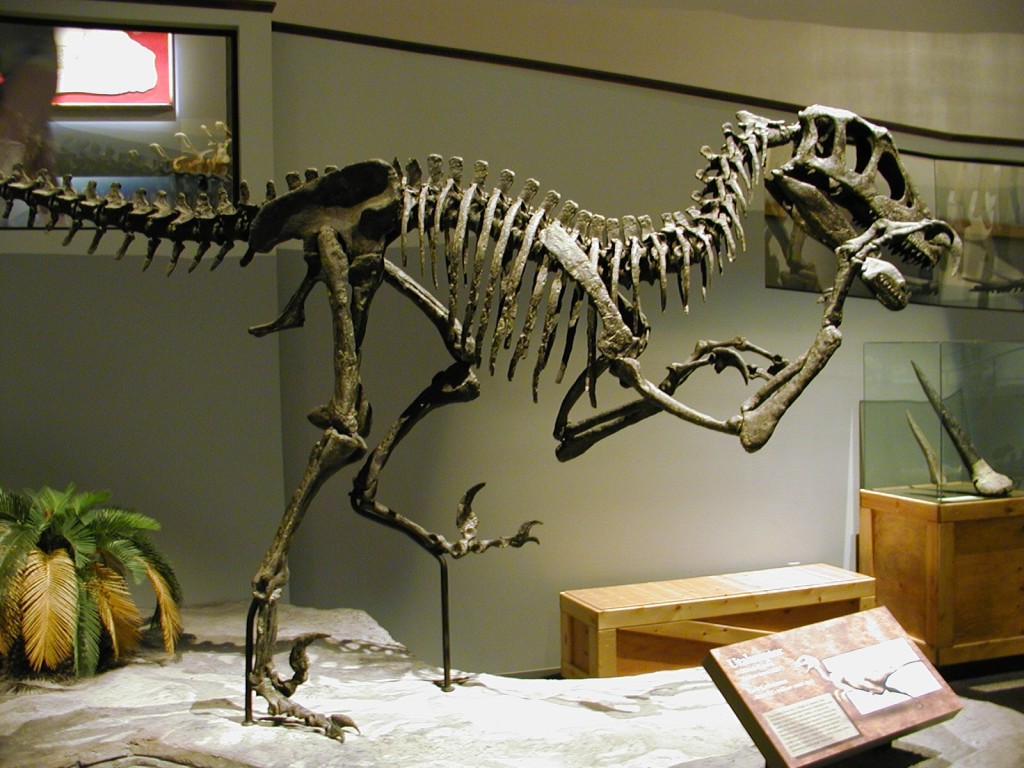
Children’s books frequently oversimplify dinosaur anatomy, creating stylized versions that barely resemble their actual skeletal structure. Tails are often depicted as dragging on the ground rather than held horizontally for balance, a misconception paleontologists corrected decades ago. Hands and feet receive particularly poor treatment, with theropods commonly shown with backward-facing “lizard hands” instead of the forward-facing, semi-pronated position supported by fossil evidence. These anatomical inaccuracies extend to body proportions, with heads often enlarged and limbs shortened to create more appealing or anthropomorphic characters. While some simplification makes sense for very young audiences, many books take liberties that fundamentally misrepresent dinosaur physiology. These persistent anatomical errors matter because they give children incorrect mental models that may require unlearning later, potentially affecting their scientific literacy about evolution and comparative anatomy.
Behavioral Misrepresentations

Dinosaur behavior in children’s literature often bears little resemblance to evidence-based scientific hypotheses about how these animals actually lived. Books frequently portray all carnivorous dinosaurs as constantly roaring, hunting, and fighting—essentially as monsters rather than animals with complex behavioral patterns. Herbivorous dinosaurs, meanwhile, are often depicted as gentle, docile creatures, ignoring evidence that many would have fiercely defended themselves when threatened. These simplified behavioral narratives create a false binary between “good” plant-eaters and “bad” meat-eaters that misrepresents ecological relationships. Social behaviors receive similarly problematic treatment, with books rarely acknowledging evidence for complex social structures in many dinosaur species. Instead of presenting dinosaurs as animals adapting to their environments with varied survival strategies, children’s books often rely on behavioral stereotypes that would feel out of place in books about modern wildlife.
Time Compression and Dinosaur “Communities”
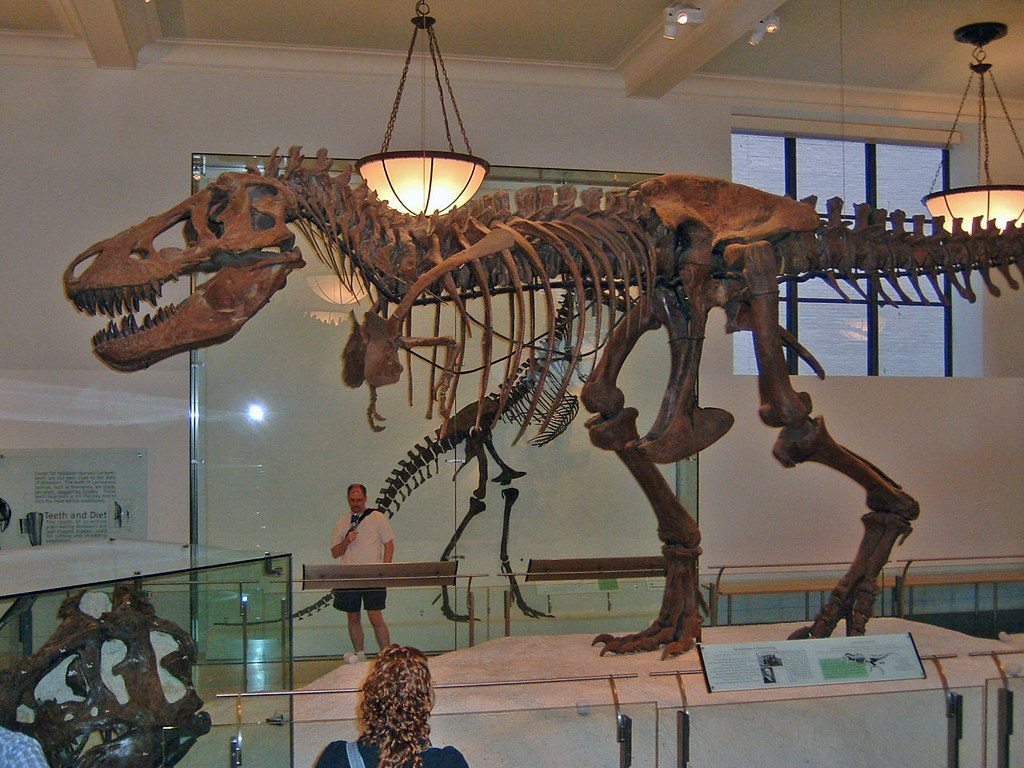
Children’s dinosaur books frequently commit the error of depicting dinosaurs from entirely different time periods living alongside one another, creating impossible prehistoric “communities.” Stegosaurus and Tyrannosaurus rex appear together in countless illustrations despite being separated by approximately 80 million years—more time than has passed since the extinction of dinosaurs to the present day. This time compression fundamentally misrepresents the enormous temporal scale of dinosaur evolution and adaptation. Books showing Triceratops living alongside Brachiosaurus or Velociraptor encountering Diplodocus present fictional scenarios unsupported by the fossil record. While these chronological liberties might seem insignificant, they prevent children from understanding how dinosaur species evolved and adapted over distinct geological periods. This temporal flattening makes it difficult for children to grasp concepts like extinction events, evolutionary adaptation, and the truly vast timespan represented by the Mesozoic Era.
The Anthropomorphism Problem

Anthropomorphism—attributing human characteristics to non-human entities—appears frequently in children’s dinosaur books, particularly those aimed at very young readers. Dinosaurs smile, frown, speak, and demonstrate human emotions despite lacking the facial musculature or cognitive structures for such expressions and behaviors. This anthropomorphism, while potentially helpful for creating emotional connections with young readers, fundamentally misrepresents dinosaurs as animals. Some books take this further by giving dinosaurs human-like family structures, with nuclear families featuring clearly defined “mother,” “father,” and “baby” dinosaurs living in human-like arrangements unsupported by paleontological evidence. The resulting narratives often more closely resemble human social dynamics with dinosaur characters than accurate depictions of prehistoric ecosystems. While anthropomorphism serves narrative purposes, it often comes at the cost of helping children understand dinosaurs as fascinating animals with their own unique evolutionary adaptations.
The Simplification of Dinosaur Diversity

Children’s books typically feature the same handful of well-known dinosaur species—Tyrannosaurus, Triceratops, Stegosaurus, and a few others—while ignoring the incredible diversity of the dinosaur family tree. This narrow focus misrepresents the remarkable variety of dinosaur adaptations that evolved over more than 165 million years. Less famous but equally fascinating dinosaurs like Therizinosaurus with its enormous claws, sail-backed Spinosaurus, or the tiny Microraptor rarely appear in children’s literature despite offering valuable lessons about evolutionary adaptation. The emphasis on large, spectacular species also skews understanding toward the most extreme examples rather than the average dinosaur. Books focusing exclusively on the largest, most dangerous, or most heavily armored species create a distorted impression of dinosaur diversity. This limited representation denies children exposure to the full spectrum of dinosaur adaptations and evolutionary paths, potentially dampening curiosity about less famous but equally significant paleontological discoveries.
Market Forces and Publisher Priorities
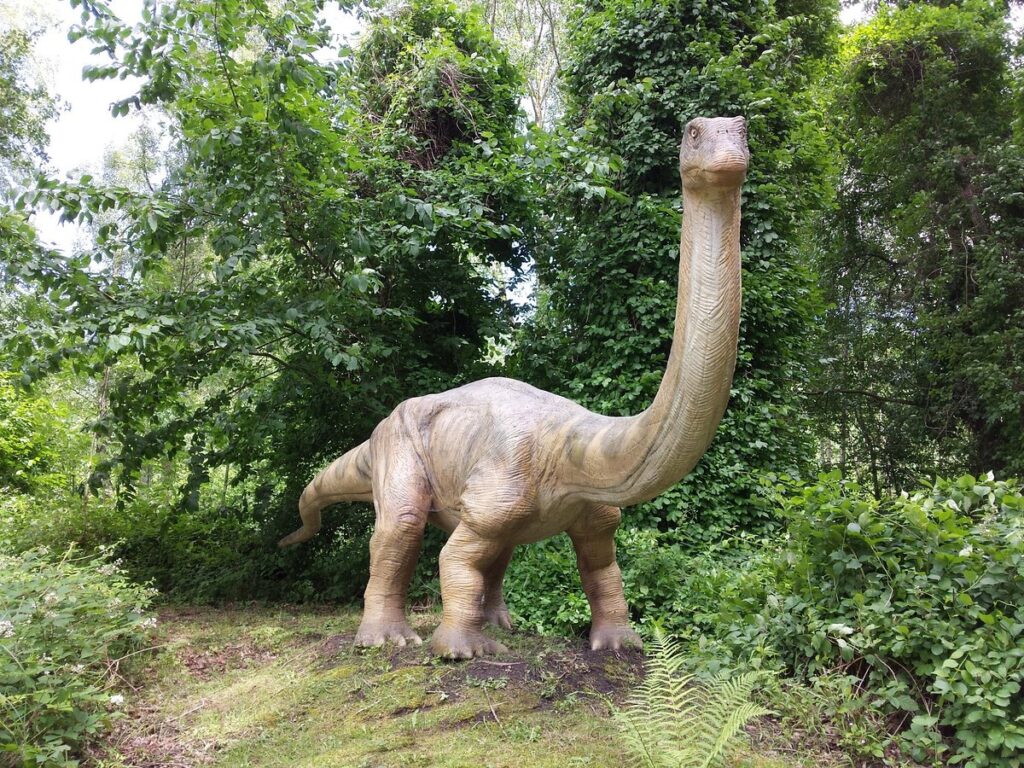
Commercial considerations significantly influence how dinosaurs appear in children’s books, with publishers often prioritizing marketability over scientific accuracy. Books featuring familiar dinosaur depictions consistent with toys, cartoons, and other merchandise generally sell better than those attempting to present more accurate but potentially unfamiliar versions. Publishers may explicitly instruct illustrators to avoid certain scientifically accurate features—like feathers on Velociraptor—to maintain visual consistency with established dinosaur merchandise. The significant investment required for scientifically accurate illustrations also factors into publishing decisions, as detailed, evidence-based artwork demands more research and specialized knowledge than conventional dinosaur depictions. Competition for shelf space in bookstores and libraries means publishers often follow established visual formulas rather than risking innovative but potentially less recognizable dinosaur representations. These market pressures create an environment where scientific accuracy becomes secondary to commercial viability in many children’s dinosaur books.
The Tension Between Education and Entertainment

Children’s book creators often face a fundamental tension between educational accuracy and entertainment value when depicting dinosaurs. Scientifically accurate dinosaurs might sometimes appear less dramatic or immediately appealing than their exaggerated counterparts, creating a perceived trade-off between engagement and accuracy. Authors and illustrators may fear that strictly accurate dinosaurs won’t capture children’s imaginations as effectively as more dramatic, stylized versions. This concern leads to creative choices that prioritize excitement and visual appeal over adherence to scientific evidence. Books intended primarily as entertainment rather than education often take greater liberties, but even explicitly educational titles frequently compromise accuracy for accessibility or visual appeal. This tension becomes particularly evident in books for younger children, where simplified illustrations and narratives dominate. The resulting compromise often leans toward entertainment value, especially when publishers believe scientific accuracy might make content less accessible or appealing to young readers.
The Challenge of Visualizing Uncertainty
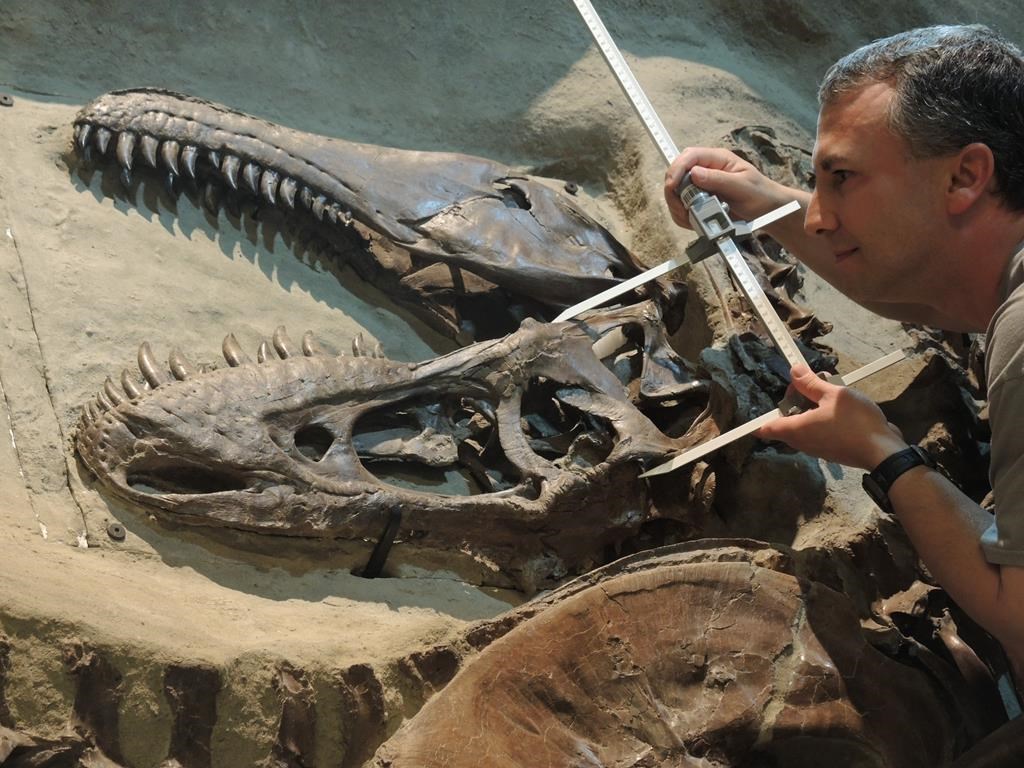
Paleontology inherently involves uncertainty and competing hypotheses about many aspects of dinosaur appearance and behavior, yet children’s books rarely communicate this scientific uncertainty. Illustrators must make definitive choices about colors, skin textures, and soft tissue features for which direct evidence remains limited or ambiguous. This results in illustrations that present one possible interpretation as definitive fact without acknowledging alternative scientific viewpoints. The scientific process of hypothesis testing and evidence evaluation disappears in most children’s books, replaced by seemingly authoritative depictions that suggest greater certainty than actually exists. This misrepresents how paleontologists actually work and what we can truly know about extinct animals. Children’s books rarely include phrases like “scientists believe” or “evidence suggests,” instead presenting specific dinosaur appearances as established facts. This failure to communicate scientific uncertainty not only misrepresents dinosaurs specifically but also fails to help children understand how science continuously revises and refines knowledge based on new evidence.
Signs of Improvement in Modern Publications
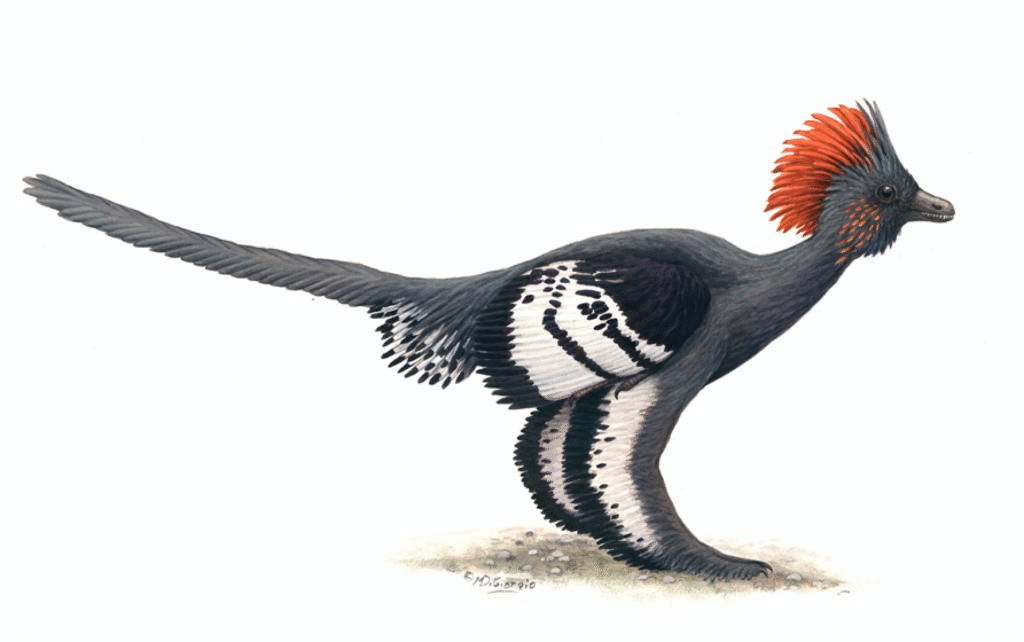
Despite persistent problems, a growing number of children’s book creators are embracing scientific accuracy and producing works that better reflect current paleontological understanding. Publishers like DK, National Geographic Kids, and specialized science publishers have released titles featuring feathered dinosaurs, accurate anatomical proportions, and more nuanced behavioral depictions in recent years. These publications often involve direct collaboration with paleontologists who review illustrations and text for scientific accuracy before publication. Social media has helped build audience awareness and demand for more accurate representations, with scientifically accurate dinosaur artwork gaining substantial online followings. Some successful books have demonstrated that children readily accept and even prefer dinosaurs depicted according to current scientific evidence when presented engagingly. These positive developments suggest the potential for broader improvement as market demand for scientifically accurate dinosaur books continues to grow. The success of these publications indicates that scientific accuracy and child appeal can coexist when approached thoughtfully.
How Parents and Educators Can Foster Accuracy

Parents and educators play crucial roles in helping children distinguish between scientifically accurate and inaccurate dinosaur depictions. When sharing dinosaur books, adults can engage children in conversations about how our understanding of dinosaurs changes with new discoveries, introducing the concept that science continuously evolves rather than providing final answers. Looking for publication dates can help contextualize older books with outdated depictions, allowing discussions about how scientific knowledge has advanced since the book’s creation. Supplementing traditional dinosaur books with museum visits, documentaries, and newer publications can provide children with more accurate visual references and information. Digital resources from museums and paleontological institutions often feature the most current scientific understanding and can complement or correct printed materials. By approaching dinosaur books critically rather than accepting all depictions as equally valid, adults can help children develop scientific literacy while still enjoying dinosaur stories. This critical engagement transforms even inaccurate books into opportunities for learning about scientific progress and the evolving nature of knowledge.
Conclusion
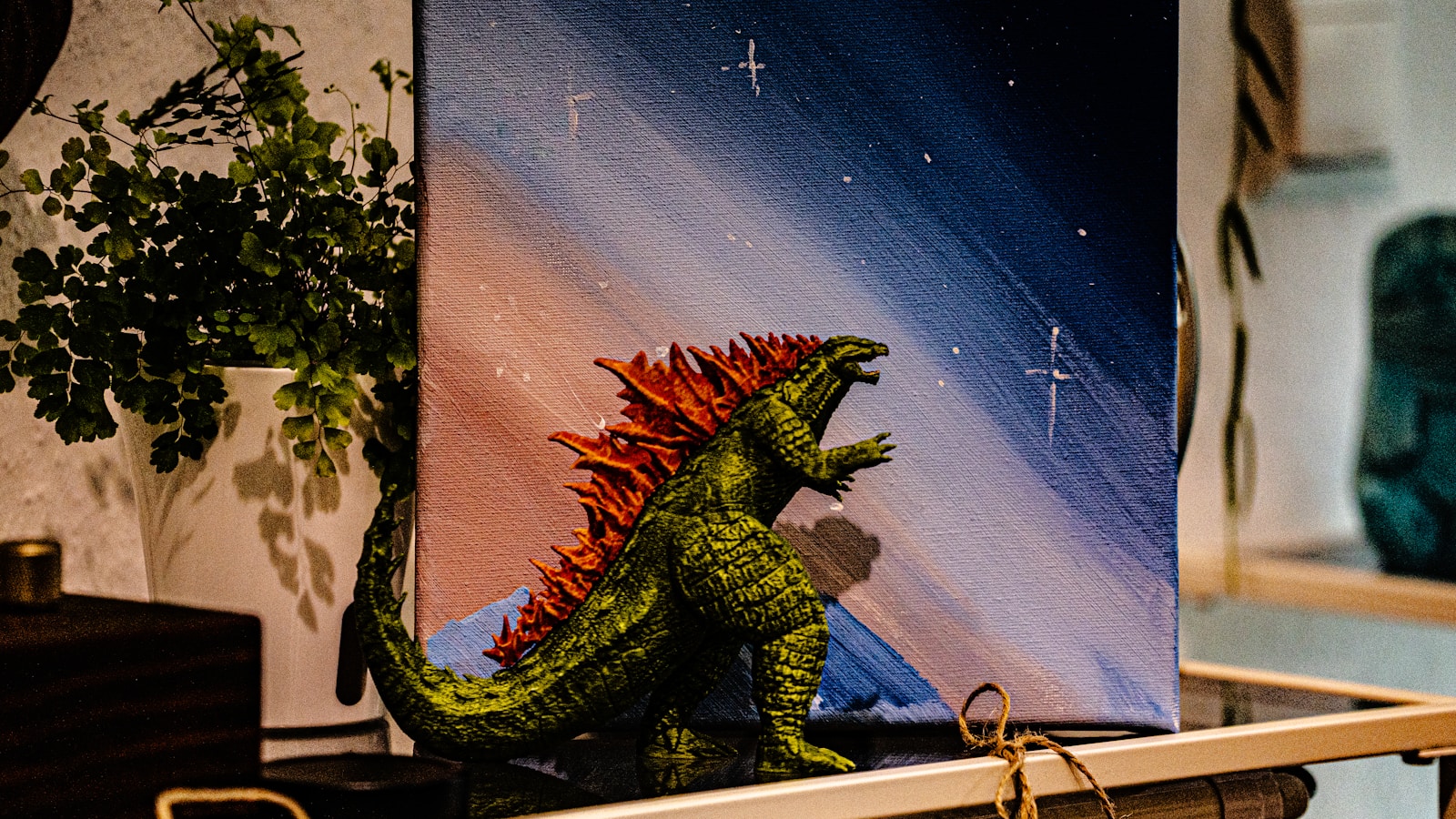
The misrepresentation of dinosaurs in children’s literature reflects broader challenges in science communication, balancing entertainment with education, and keeping pace with rapidly evolving scientific knowledge. While many dinosaur books continue propagating outdated information and visual conventions, growing awareness of these issues is gradually improving representation. The most promising approach combines engaging storytelling with scientific accuracy, demonstrating that children can appreciate dinosaurs as they actually were—not just as simplified monsters or cartoon characters. By supporting scientifically accurate publications and discussing dinosaur representations critically with children, parents and educators can foster both dinosaur enthusiasm and scientific literacy. As our understanding of these fascinating creatures continues to evolve, so too should the books that introduce them to each new generation of curious young minds.



